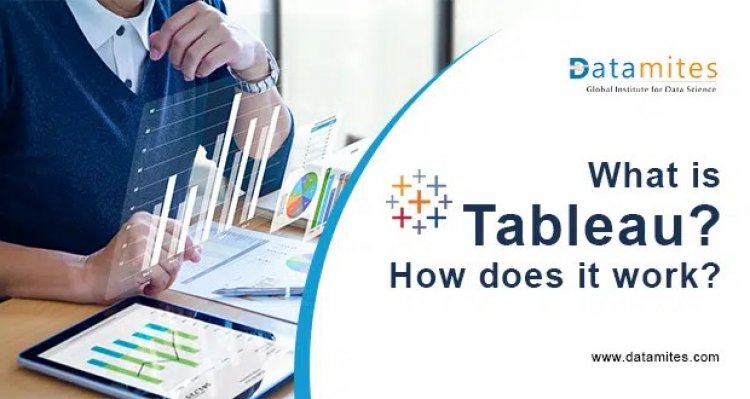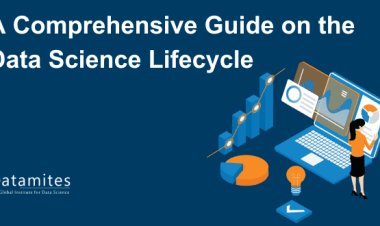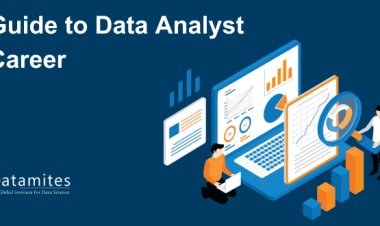What is Tableau? How does it work?

Tableau Origin:
It was Pat Hanrahan, Christian Chabot, and Chris Stolte from Stanford University who instituted Tableau in 2003. The basic notion behind its creation was to initiate interactivity and comprehensiveness to the database industry.
What is Tableau?
Tableau is an immensely popular, eminent, and faster-growing data visualization tool used in the Business Intelligence Industry. It supports simplifying raw data in an efficiently understandable format. Tableau can be used to create data that can be easily understood and utilized by professionals at any level in an organization. It also allows non-technical users to devise customized dashboards.
How does Tableau work?
The major function of the tableau is to select and secure data that is being preserved in various locations. Tableau can work for any simple, complex, or cloud databases such as MS Excel, PDF, Python, R, Hadoop, a text document, SAS, Oracle, AWS, Azure, Google Cloud, and SQL to name a few
Upon launching tableau you will be provided with readily available data connectors which will allow you to connect to any database.
The data is being placed in the data engine of Tableau which is also called the Tableau desktop. The business analyst plays a vital role here by operating on data, developing a dashboard, and sharing it with the user, where the user reads this on the screen called Tableau Reader.
Data is then distributed with various supported features such as collaboration, models of security, automation, and distribution which can be accessed by the users.
Why is Tableau important?
Indeed, large sets of data presented through data visualization are clear cut and even the most complex of information could be grasped at a higher rate. It would also be more convenient to make predictions from the insights through data organized within a Tableau format. Tableau also provides the highest level of security by handling security issues as soon as they arise or are found by users. Moreover, it is a savior for many people in Business Intelligence as it allows them to handle data without having great technical knowledge.
Features of Tableau:
Tableau is intuitive and more viable to produce a dashboard on it because of its top-notch attributes.
Tableau puts forth an easily attainable analysis, the data file can be downloaded locally on mobile or desktop, multilingual representation of data.
Tableau comes in handy as the technical or programming knowledge is not a requisite prompt response for making a dashboard.
Tableau has numerous inbuilt advanced features namely -Collaboration and distribution, High security, Multiple data sources connection, Easy importation, and exportation of the massive size of data.
You can also read “What are the Pros and Cons of Tableau?“
What are the various products of Tableau?
The tableau comprises different products and each product has some distinctive function required for arranging the dashboard, so the Tableau products suite consists of:
- Tableau Desktop
- Tableau Public
- Tableau Server
- Tableau Online
- Tableau Reader
What is Tableau used for?
There are numerous uses and applications of Tableau:
- Business Intelligence
- Data Visualization
- Data Collaboration
- Data Blending
- Real-time data analysis
- Query translation into visualization
- To import large size of data
- To create no-code data queries
- To manage large size metadata
How is Tableau different from Excel?
Tableau
Tableau is a data visualization software that Studies a vast amount of complex data through a visual interface. It enables the speedy and powerful presentation of results in beautiful and inbuilt charts. It has the potential to unite and integrate data. Tableau operates on large datasets. It is used to exhibit and apprehend the insights from the data.
Excel
Excel is a popular spreadsheet application that is mainly used for creating computational solutions via built-in functions, tables and charts for reporting, ad hoc data management, Small-scale, user-developed programming for scenario analysis, etc. It is used to coordinate, set up, and evaluate the data.
Conclusion
Tableau is an expeditious Business Intelligence (BI) and data visualization tool. It can be deployed swiftly and learned spontaneously.
In today’s market, Tableau assists different businesses to fulfil their objectives and goals. With an increasing demand for professionally trained business personnel in Tableau, attending a Tableau training could be advantageous to you.
DataMites™ is the global institute for Data Science accredited by the International Association of Business Analytics Certifications (IABAC). We provide comprehensive training on Tableau for your career ahead.

 Datamites Team
Datamites Team 



